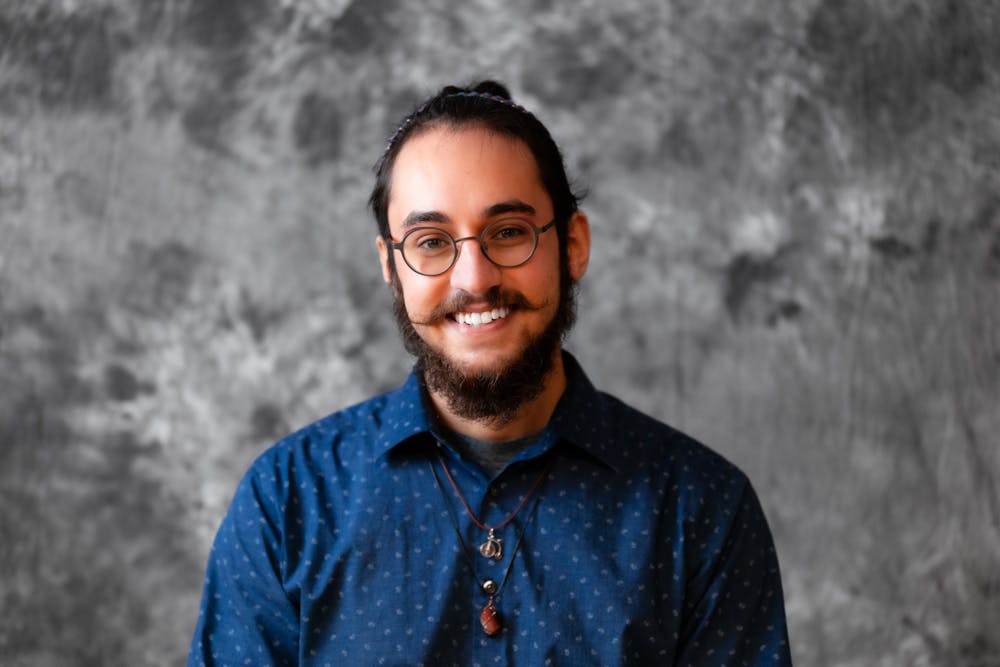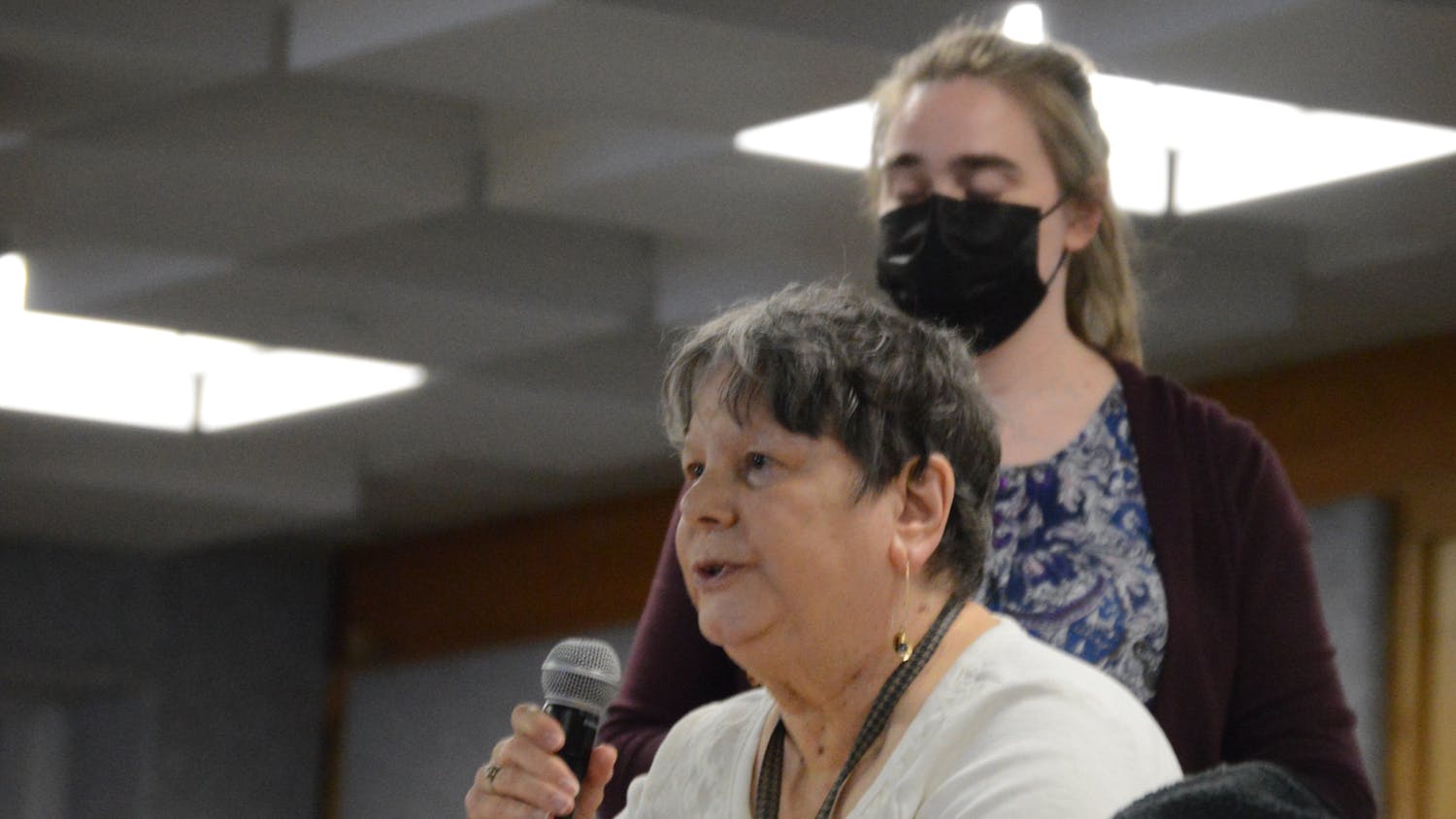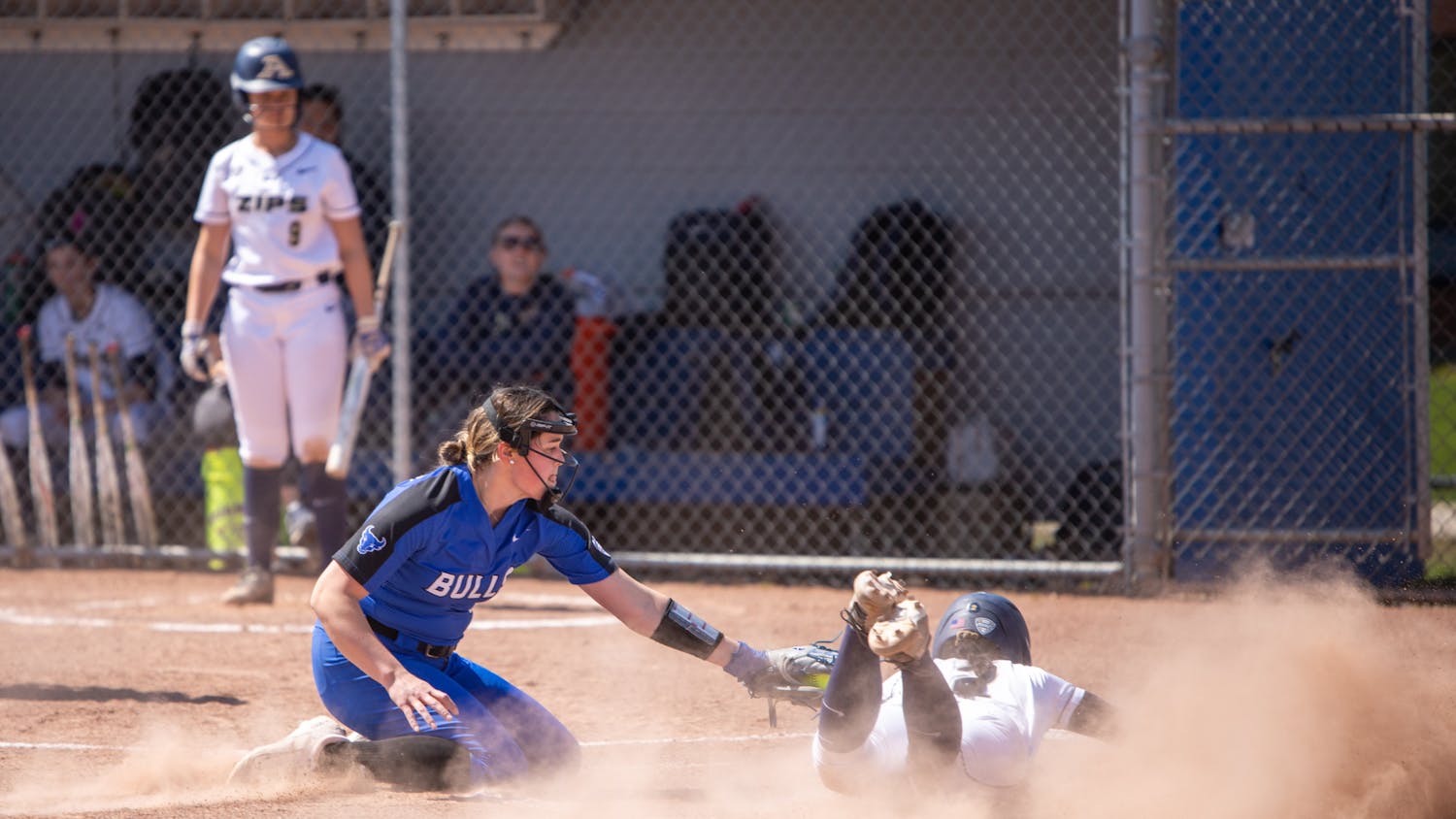WARNING: This column may contain material that is sensitive to some readers.
The first thing I remember my mother telling me about my condition is, “You don’t have a disability, you have an ability.”
Until recently, I never fully understood how my perceived “weakness” is actually my biggest asset.
At age 14, after staring at a computer monitor in my father’s office, I had a seizure for the first time. Upon awakening, I struggled to recall my name or where I was. At the hospital, questions raced through my mind: “How will I attend my favorite concerts?” “What will my friends think of the new me?” “Will I be able to lead a normal life?”
Soon after, I was diagnosed with generalized onset seizures stemming from photosensitive epilepsy, meaning I would experience tonic-clonic and absence seizures. Tonic-clonic seizures involve a loss of consciousness and convulsions, while absence seizures are shorter, harder to detect and can be confused for staring or daydreaming.
I confided in my mother, who also dealt with epilepsy as a child and a young adult. She taught me how to navigate a world with various new challenges.
I was grateful my epilepsy was not a daily interference, but the limitations it placed on me made it challenging to feel confident and independent. Oftentimes, I would learn more about my condition through personal experience.
Sometimes it seemed like I could never escape my condition. At my first job making pizzas down the road from my house, I would have absence seizures as I placed rows of pepperoni, an occurrence that happened only when I became overly stressed or nervous during peak hours. And while I thought I could manage these episodes, six months into my tenure I received feedback from management that I needed to “speed up” my work on the line making pies.
If my thoughts are a book, absence seizures flip my mind to a random page, making it a struggle to recall what I was doing just seconds before. These absence seizures occasionally lead people to believe I am distracted or not paying attention, which is caused by a stress that I wouldn’t learn the root of until long after my days of kneading dough.
On a fall day during my sophomore year of college, I came to the crucial realization that maintaining sound mental health is a pillar of leading a seizure-free life. I came to this conclusion after deciding to make up a chemistry lab and two biology labs in a single day. As my last lab of the day approached, something felt different. I trudged up to the sixth floor of Hochsetter feeling deflated, but ready to learn.
Out of nowhere, I had a tonic-clonic episode.
I fell into my lab partner’s lap and was eventually placed on the ground so I could breathe safely.
The white fluorescent lights, empty room and concerned faces welcomed me back as I spiraled from confusion into embarrassment, acutely aware of what must have transpired. From that moment forward, I fully understood the importance of giving myself mental breaks.
As I would piece together in the years to come, knowing the way my condition impacts me isn’t always obvious.
And it could be even more dangerous than I could have ever expected.
On one occasion, while vacationing with my family in Roxbury, NY in April 2021, I began seizing in the hot tub outside our AirBnB. After doing some research, we came to the conclusion that the cold air and rapid temperature shift must have caused the incident.
As I awoke, I vividly remembered the last moments before I went unconscious. The still, sizzling water and her muffled voice echoed in my head as I processed the gravity of the moment.
I had nearly drowned, saved by my then-15-year-old sister Sofia, who hauled me out of the tub.
I asked my dad if I had a seizure — a regular instinct of mine — as I came back to my senses. And with every awakening, I feel relieved to be safe, but on that brisk April night, I learned the importance of physical mindfulness, too.
These traumatizing events have come with emotional baggage that has led me to discount myself. Luckily, cannabis helped facilitate my journey to improving my quality of life as an epileptic.
After years of experimentation with various antiepileptic drugs throughout my teenage years, I found medical cannabis at a crucial moment, providing a sense of relief and safety that nothing else could. It did wonders for my emotional well being.
But it also brought about a stigma that worked to degrade my confidence and erode my sense of self-worth.
I vividly remember when a manager at work asked me, “Jack, are you high right now?”
That interaction — and the countless similar ones that have happened to me since — stuck with me as a constant reminder that people only saw me through the lens of an outdated stereotype: stoner, pothead, etc.
I am no stranger to the struggles of pharmaceuticals. But I felt lonely, unworthy and frustrated as my front-line defense mechanism slowly felt more like my kryptonite.
As a fervent advocate for the passage of the Marijuana Regulation and Taxation Act (MRTA), nobody wanted people to understand the transformative benefits of cannabis more than I did. Although I engaged in passionate public advocacy, I continued to feel the stigma of cannabis consumption in many social circles.
The emotional carnage of the occasional backhanded comment and life with a disability led me to internalize the negativity. Over the years, as my condition plunged me deeper into an uninhabitable pit of isolation, finding the space for self-care seemed impossible. Things I had envisioned for myself since high school — getting my driver’s license, attending my favorite EDM (electronic dance music) shows and pulling all-nighters with my friends — turned out to be dreams, not reality.
Ultimately, maintaining a seizure-free life shaped my core experiences as a human being.
After years of poor confidence, personal doubt and self-loathing, I finally started to accept my limits. I was able to realize the true importance of knowing and owning my own narrative.
Instead of pushing parts of myself away, I embrace my imperfections. I have finally accepted that it is OK to have a different rhythm in life and take care of myself how I see fit, despite what others may think.
After an absence seizure, I no longer get down on myself; I simply acknowledge my position and reevaluate. When someone says or implies I’m lazy, I remind myself that drowsiness and fatigue are side effects of my medications and that I am taking care of myself the best way I can. Rather than falling into a depressive haze after having another seizure, I recognize the bigger picture and try to remain positive.
I have fully disarmed my insecurities, allowing myself to blossom into my fullest self.
Through this journey, I have realized that the way you look at your situation has the potential to shape it. One in 26 people live with epilepsy, myself included. Nobody leaves this world unscathed.
Never discount yourself, work to conquer your inner demons and most importantly, don’t be afraid to take pride in showing the world your true self — it could change somebody’s life.
Jack Porcari is a senior news/features editor and can be reached at jack.porcari@ubspectrum.com

Jack Porcari is a senior news/features editor at The Spectrum. He is a political science major with a minor in journalism. Aside from writing and editing, he enjoys playing piano, flow arts, reptiles and activism.





